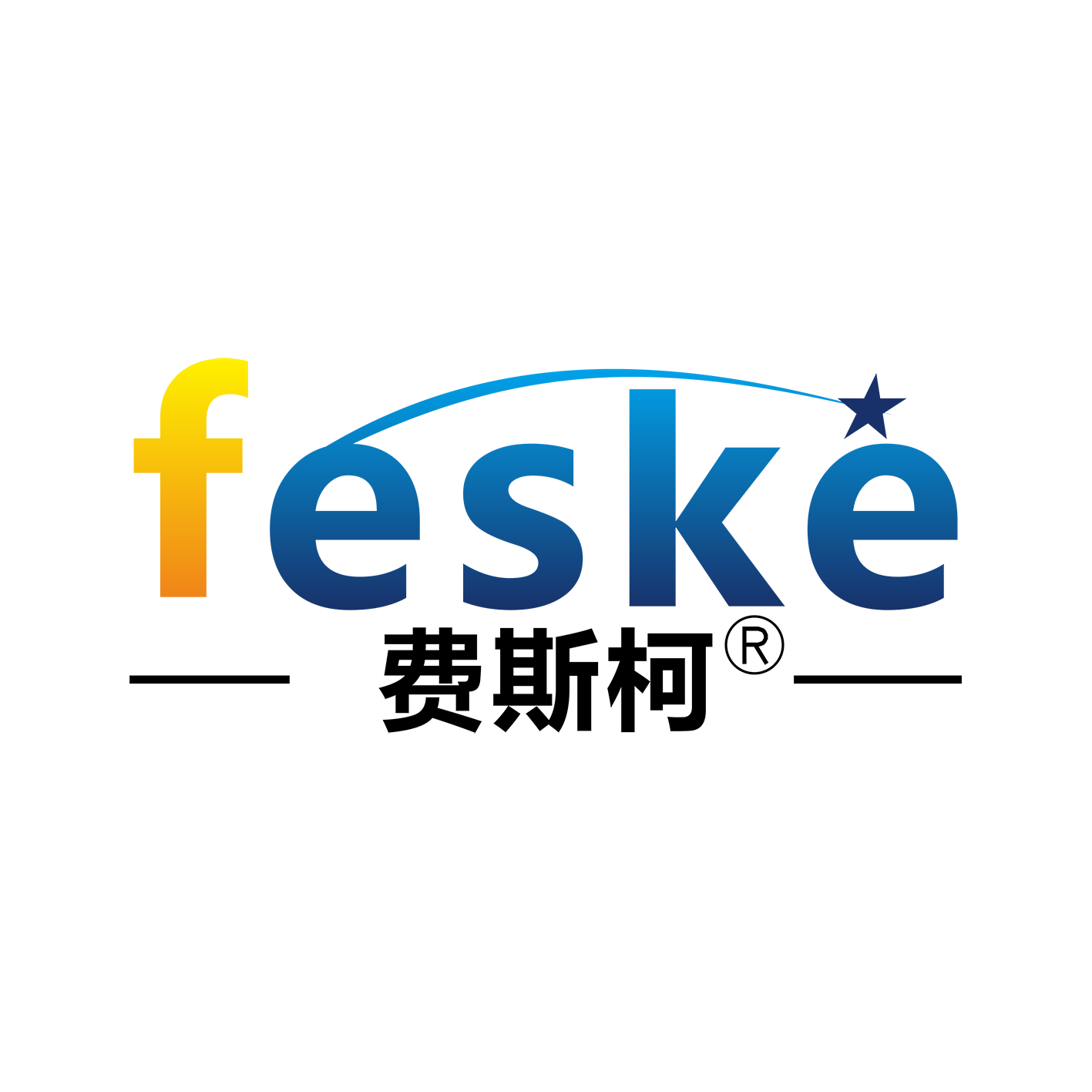The application of modules in laser tube cutting equipment primarily focuses on high-precision motion
control and improved processing efficiency. Their technical features and compatibility solutions are as
follows:
Core Functions and Performance Advantages
Precision Positioning: Driven by servo motors, the linear modules achieve a repeatable positioning accur
acy of ±0.03mm, ensuring stable motion of the laser cutting head along the X/Y/Z axes and meeting the
requirements for cutting complex tube patterns.
High-Speed Response: Driven by a synchronous belt or ball screw, speeds reach 120m/min and accelera
tions reach 1.2G, significantly shortening processing cycles (for example, semi-automatic models have a
cycle time of ≤18s for loading).
Environmental Adaptability: The fully enclosed structure (IP65 protection) effectively blocks metal dust
and coolant, extending module life.
Typical Application Scenarios
Multi-Axis Linked Cutting: The three-chuck laser tube cutting machine uses modules to control chuck
rotation and laser head axial feed, enabling continuous processing of tubes over 6 meters long,
increasing material utilization to 92%. Beveling and Shape Cutting: 3D laser tube cutting machines
utilize the module's multi-degree-of-freedom motion to complete complex processes such as 45° bevels
and 3D curves, making them suitable for aerospace component manufacturing.
Automation Integration: The plate-tube integrated machine switches cutting modes via the module,
compatible with both plate and tube processing, and supports intelligent layout and automatic edge
detection.
Technical Adaptation Solutions
Drive Mode Selection: Linear motor modules (±0.5μm accuracy) are used for high-precision applications
(such as the semiconductor industry), while rack and pinion modules (up to 500kg load capacity) are
preferred for heavy-load applications (such as steel structures).
Intelligent Control Extensions: Some models integrate the EtherCAT bus protocol, supporting remote
monitoring and fault diagnosis, enabling 24-hour unmanned production.


